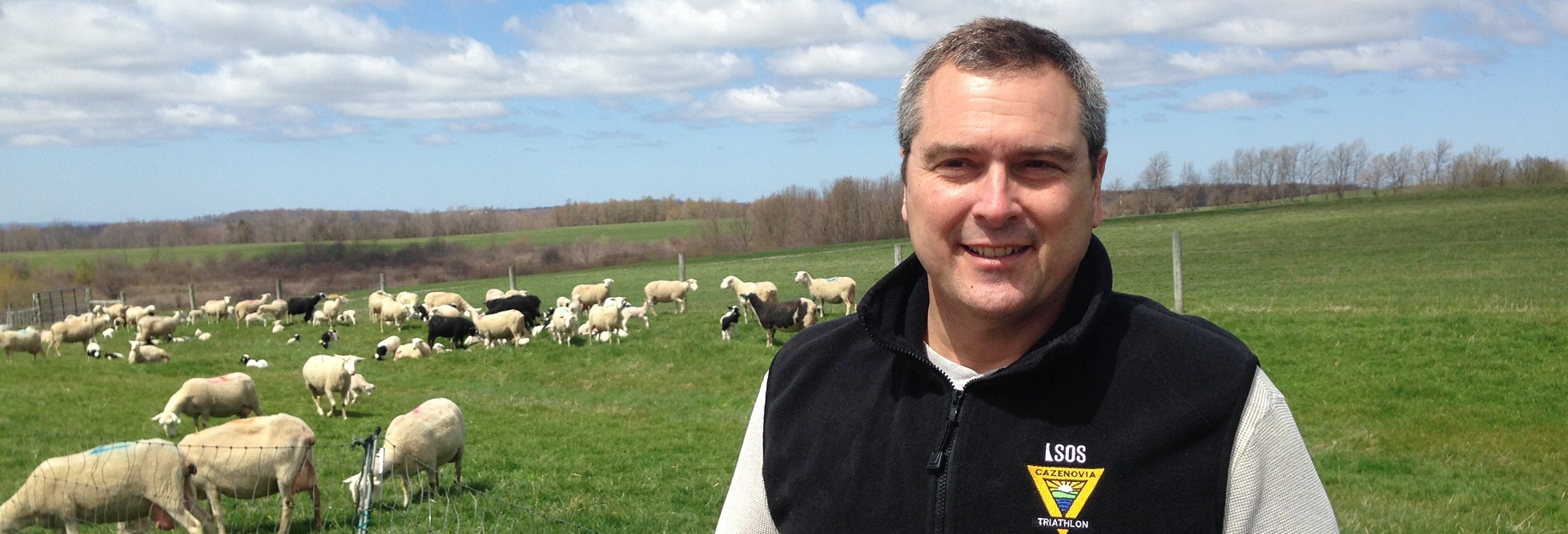With a Democrat and a Republican also vying for the two open seats on the Cazenovia Town Council, I don’t expect to win running as a Libertarian. But that is less important to me than having the opportunity as a candidate to highlight some new issues important to the Town’s future. Tops among these is New York State's ban, passed as a modification to state building codes this past April as part of the 2023 budget and effective starting January 1, 2026. It applies to both natural-gas utility hookups and propane tank installations on new housing under seven stories—almost all that might be built in Cazenovia. This new law is not merely ineffective; it is an existential threat to a sustainable future for most of rural northern and western New York, including Cazenovia.
But neither solar nor wind generation can be counted on to heat Cazenovia homes on the coldest winter nights. In fact, it is nowhere acknowledged by the Climate Council Report that the non-intermittent wintertime electricity sources envisioned by the ISO for Central NY are almost exclusively the existing 2-GIgawatt nuclear plant in Oswego and 2 GW from “Energy Storage”(same Figure 22, scenario 2). I know a lot about modern energy storage. I am the owner of a Tesla Model 3, whose fully-charged batteries can output a sustained 4.5 kW for a 16-hour night before dying. In order to get 2 GW of electric power to supply the ISO’s expected “storage” contribution to the Central NY wintertime electrical load, the CNY area would need to install fixed energy storage equivalent to 400,000 Tesla model 3 battery packs. That amounts to nearly 1 Tesla model 3 battery pack per household, both existing and projected. Whose basements does the Climate Council envision will hold these batteries?
In any plausible version of reality, over the entire lifetime of heat pumps installed on new homes jn Cazenovia in 2026, they will actually produce the majority of their wintertime heat from fossil fuels.
Furthermore, in upstate New York's grueling winters, all new homes except those with the most extravagant ground-loop heat pumps will always require a substantial backup heating source. While I was collecting candidate petition signatures in May, I spoke with some Cazenovia residents who prided themselves on having wood-stove backups for their recently-installed heat pumps. These enabled such early-adopter Caz residents to shut off their natural-gas connections. I did not get back to these folks later in June, to find out whether they felt as much pride in this wood-stove solution, AFTER the air quality in Cazenovia deteriorated so badly due to Quebec’s forest fires.
Wood-stove replacements of existing natural-gas furnaces, imagined new nuclear power plants to provide "sustainable" electric power, and literal tons of expensive and dangerous lithium-ion batteries tucked into the basement of every Cazenovia home, are simply the height of “sustainable-energy” fallacy. Forcing adoption of these will drive Cazenovia’s true sustainability to near zero.
The Climate Council wintertime statewide electric energy projection smooths over regional and time differences reported in detail by the ISO. First, Figure 1 in the
Climate Council Scoping Plan projects that in 2040, 9% of Winter Energy Production statewide can come from solar energy. But the ISO Outlook, Figure 22, actually shows that for Zone C (Central NY), even with the Climate Council’s assumptions (Scenario 2), close to 50% of total 2040 electrical generation capacity will come from solar energy. However, the ISO separately states that such solar power cannot contribute to the peak 2040 need for electric power, which in upstate NY will always occur during wintertime and several hours after sunset. Furthermore, the Climate Council 2040 energy projection indicates that 53% of statewide wintertime electricity will come from wind power. But the ISO Outlook actually says that for Central NY, under 30% of total capacity will come from intermittent wind power.

